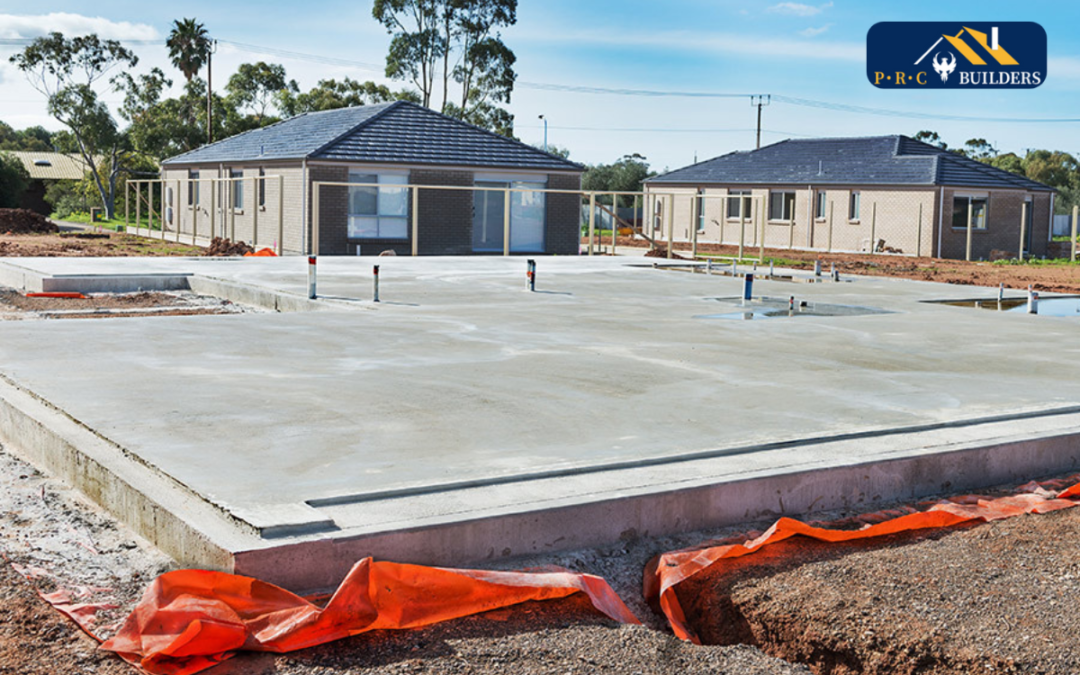Foundations are the backbone of any structure, providing the necessary support and stability for the building to withstand various forces over time. Proper foundations are essential for the safety of the building occupants and the longevity of the structure. In this article, we will discuss the importance of building solid foundations, the different types of foundations, and the building regulations that need to be followed.
Why are Foundations Important?
The foundation of a building is the first and most crucial component of any construction project. A solid foundation provides the necessary support to distribute the weight of the building and any added loads, such as furniture, appliances, and people. A weak or improperly designed foundation can lead to various structural problems, such as cracks in walls and floors, uneven floors, and even collapse.
The importance of foundations cannot be overstated. A building’s foundation is the key to its stability, safety, and longevity. Therefore, it is vital to ensure that the foundation is built to the highest standards and meets the building regulations set forth by the local authorities.
Types of Foundations:
There are different types of foundations that can be used depending on the soil conditions, the size and weight of the building, and the building’s intended use.
The four most common types of foundations are:
Standard Strip Foundations
Strip foundations are the most common type of foundation used for residential buildings. They consist of a continuous strip of concrete, typically 300mm wide, that runs along the perimeter of the building’s walls. The depth of the strip foundation depends on the soil conditions and the size and weight of the building.
Trench Fill Foundations
Trench fill foundations are similar to strip foundations, but instead of digging a shallow trench, a deep trench is dug, and the entire trench is filled with concrete. This type of foundation is typically used when the soil conditions are poor, and a deeper foundation is required to provide the necessary support.
Raft Foundations
Raft foundations, also known as mat foundations, are used when the soil conditions are poor and the building’s weight is distributed over a large area. A concrete slab is laid over the entire area of the building, providing a stable base for the structure.
Pad Foundations
Pad foundations are used when the building’s weight is concentrated in specific locations, such as columns or piers. A single pad of concrete is placed at each point of load, providing the necessary support.
Building Regulations for Foundations
Building regulations dictate the type and depth of foundations required to ensure the stability and safety of the building. The building regulations vary from country to country, and it is essential to consult with the local authorities before starting any construction project.
Some of the factors that need to be considered when building foundations include:
Soil Conditions
The type of soil under the building determines the type and depth of the foundation required. Different soil types, such as clay, rock, gravel, sand, chalk, and peat, have varying load-bearing capacities and require different types of foundations.
Trees
Trees with deep roots near the building can cause the soil to shrink and destabilize the foundation. Building regulations require the foundations to be dug at a safe distance from the trees or removed altogether.
Drains
Any drains or sewers located near the building can impact the foundation’s stability. Building regulations require the foundations to be dug at least as deep as the drains to avoid any problems.
Other Structures
When building foundations, it is crucial to ensure that the neighboring structures’ foundations are not affected. Building regulations require the new foundations to be dug to the same depth as the neighboring structures.
Hiring a Professional
Building solid foundations requires expertise, experience, and attention to detail. It is crucial to hire a professional contractor with a proven track record.
Planning an exciting new construction project?
If you’re ready to go ahead with a new construction project, getting the foundations right is well worth any time and effort. By hiring a professional you can ensure you have the best foundations at the correct depth to support your building for years to come. Using a recommended tradesperson like PRC will mean that you can be safe in the knowledge that your structure is built to the highest standards.

